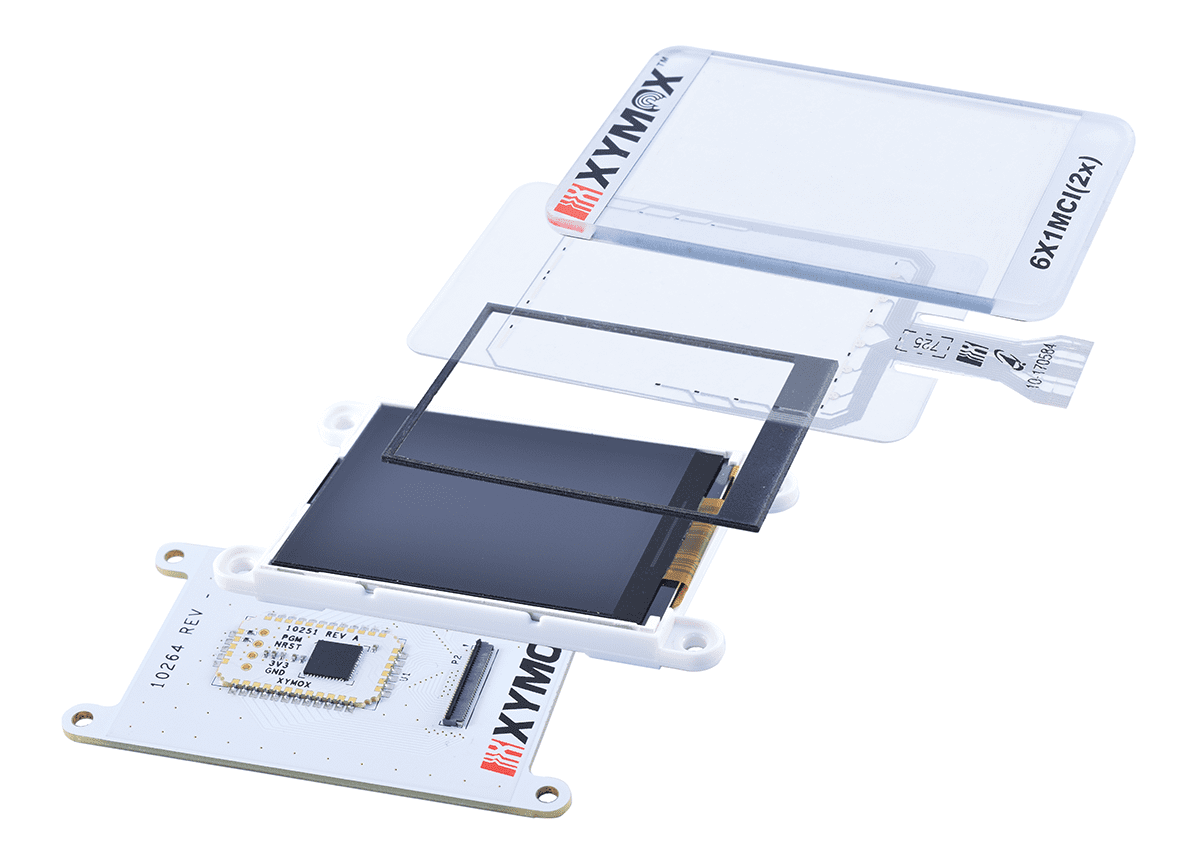We had the honor of being one of the speakers in a training workshop at the 2019 Sensors Expo, “Next Generation Sensing: Printed Sensors”. The overall goal of the workshop was to raise visibility of printed sensors. The industry has seen a lot of the challenges in the adoption of sensors and devices; printed sensors look different, they function different, and because of that, it is important to educate people on the benefits of these solutions. Ultimately, the workshop was an opportunity for industry leaders to share their experience in the market; where they see the best fits for printed sensors and why, challenges they have experienced, and what they see will be driving growth. The workshop left the attendees with a new perspective on printed sensors, and hopefully new ideas about how they could use them in their devices.
Our presentation was focused on the 3 lessons we’ve learned about bringing a new technology to an old industry.
Lesson 1: Consumer and industrial applications are not interchangeable.
How your customer touches your products is critical to your success. Are you making things more efficient? Are you incorporating solutions appropriately? Consumer applications have all the bells and whistles, but those added features, that we appreciate having on our cell phones, most likely aren’t necessary on medical or industrial devices. Design with the end user in mind, don’t make it complicated. The technology needs to help the person perform their job efficiently….that is it.
Lesson 2: Sensors require electronics.
The basic touch screen has the following components: lens, sensor, display, touch controller.

We quickly learned:
- Not many customers really know what goes into a touch screen interface. Many assume it was simple and easy because of the cell phone. Education was needed (check out this and this).
- Very few customers wanted to be the experts in touch interfaces, and they didn’t want to have to find suppliers for all the individual components. We had to be that full-solution provider. We had to transition from electronics light to electronics heavy.
Lesson 3: The customer’s ecosystem is not always aligned with the supplier’s ecosystem.
The touch sensor market is driven by consumer products (cell phones, tablets, etc.), but the requirements of industrial and medical devices vary greatly from what is available in the market – this leaves a large disconnect between what is needed and what is available. Companies were being forced to compromise and settle for what was available. A standard, off-the-shelf, sensor provides zero flexibility on things like where the sensor tail is located, and how long the tail is. Length and location of the tail are very important for assembly.
The sensor market, as it was, created risk in:
- End User Experience

- Compromised Design
- Added components
- Added assembly steps
- Longer development
- Complicated repair
- Supply Chain Realities
- MOQs
- Engineering Support
- Lead-time
- End of Life Issues
Most products have a lot of people involved in the process to get it designed, developed, and to the market; engineering, purchasing, manufacturing, quality, sales/marketing, is everyone happy? Risk due to compromise can leave many steak holders unhappy.
{{cta(‘6d385859-3172-40fa-a78f-bc225b3b2ecd’)}}
When we ask our customers why they are moving to capacitive touch, we hear the following:
- Everyone expects a display to have touch, so we have to..
- Updated look

The responses are based on the proliferation of touch screens in consumer products. No one said added features, better performance, lower cost.
Why are you incorporating capacitive touch in your device?

